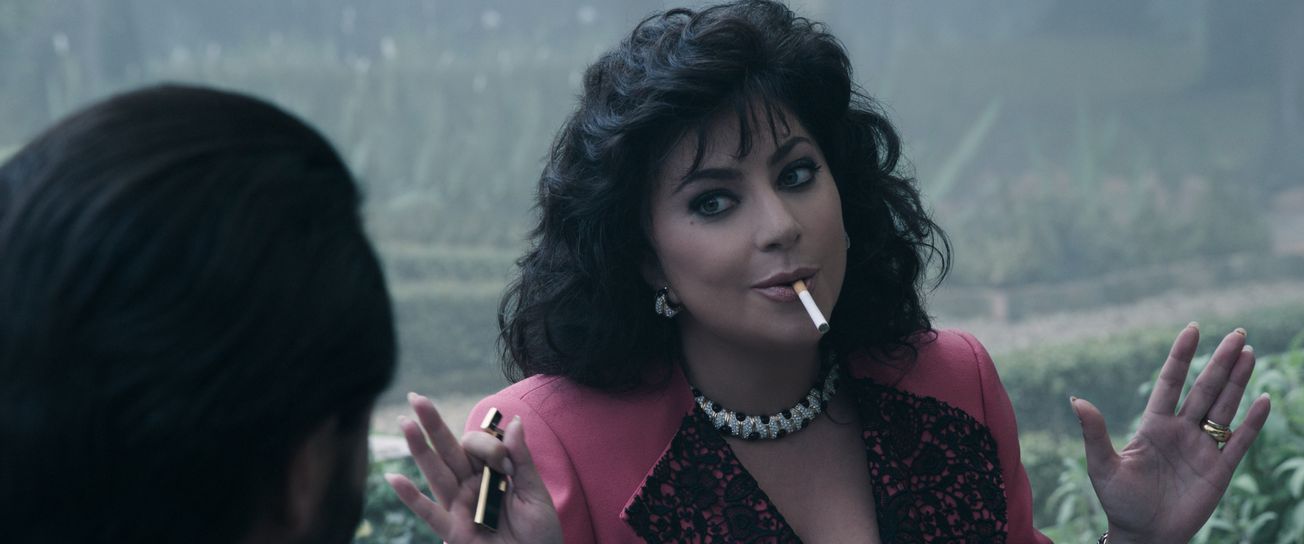By Amelia Jacob, First Year, English Literature
There is a scene about half way through House of Gucci where Adam Driver’s Maurizio gazes wistfully at a framed photo from his youthful wedding to the scheming Patrizia. It is a measured, silent moment of reflection, lasting less than a minute. Despite this, the audience understands that this marriage has shifted, and that Patrizia has changed irrevocably. More unfortunately perhaps, so has Maurizio, with deadly consequences.
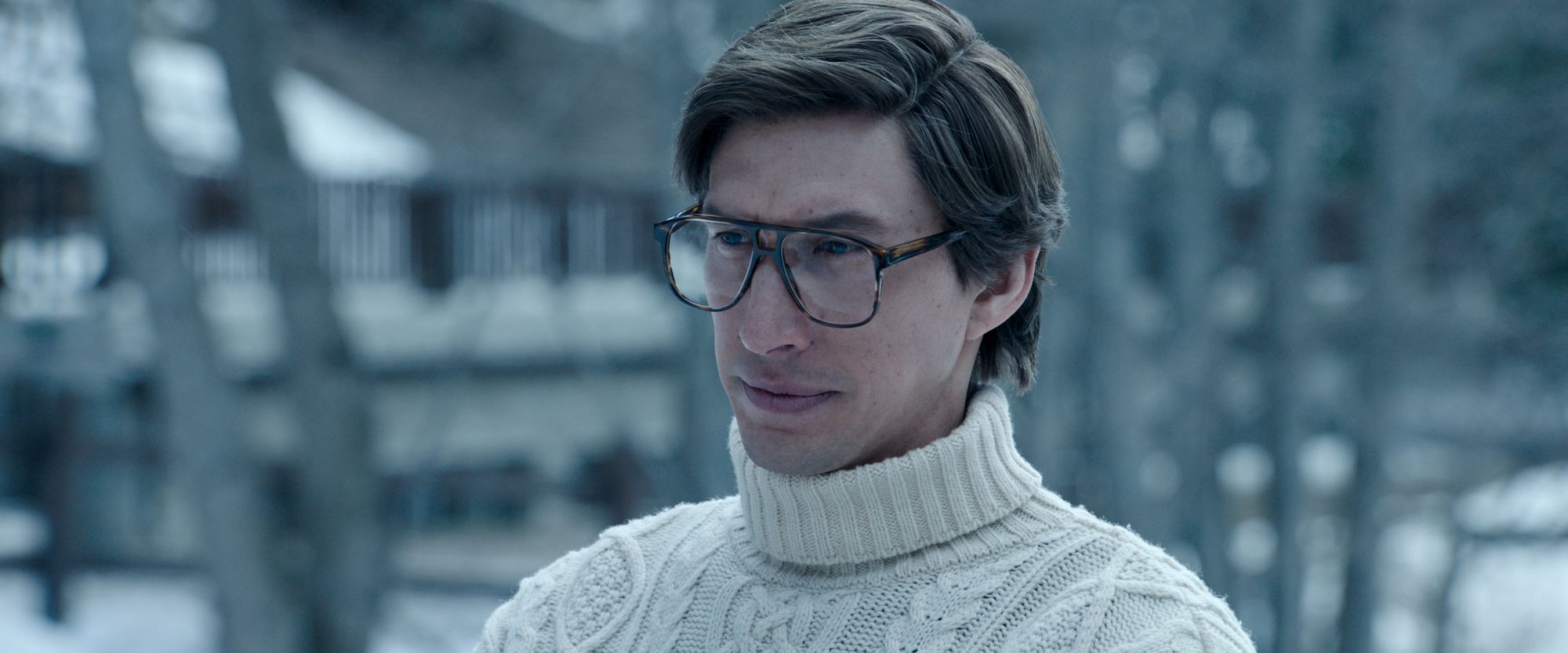
Ridley Scott’s lengthy, star-studded feature has been much anticipated since the first trailer was released earlier in the year the irreverent slogan: “Father, Son and House of Gucci”, which has been oft-quoted to a weary-looking Lady Gaga in recent press interviews. This phrase epitomises the eccentricity and glamour which runs through the entire film: a spectacle of jewel coloured velvet and alabaster snow, framed against garish shoulder pads and gyrating dance floors soundtracked by synthetic eighties classics.
Based on true events, the film charts the Gucci family’s shifting power dynamics as they vie for creative and monetary control over their corporate name-sake, largely from the perspective of outsider Patrizia Reggiani, played to a passionate intensity by Lady Gaga in her sophomore role.
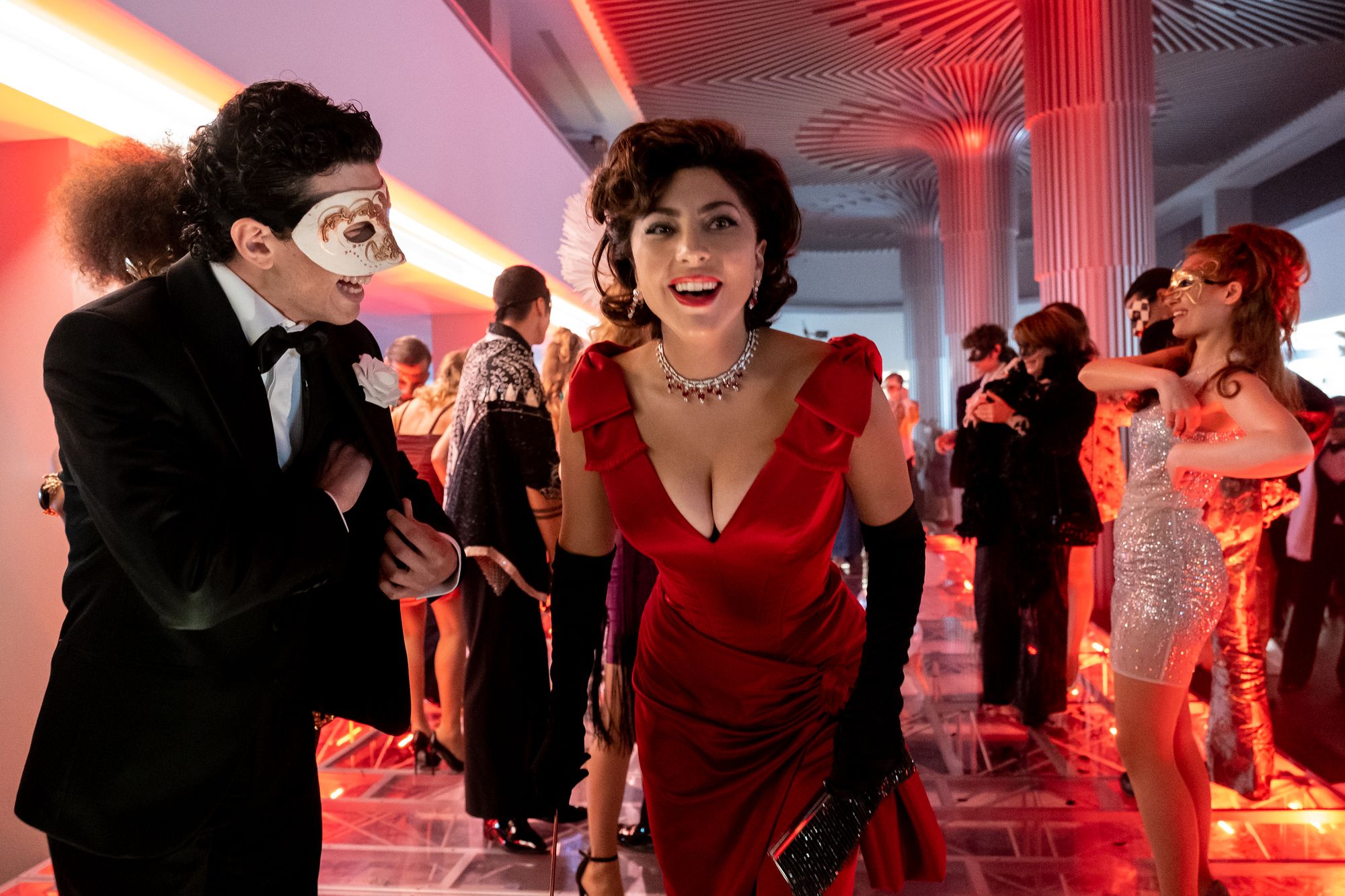
Driven by money and ambition (but mostly money), her initial machinations of courtship to Maurizio set the tone for a relationship marred by manipulation and attempted domination. The dissolution of their marriage seems inevitable, and when the tables are turned by Maurizio, and Patrizia finds herself in a position of weakness for the first time, she resorts to measures which will alter the Gucci legacy permanently.
The length of the film somewhat takes away from the tension elicited by these events; it could have easily been cut to under two hours without losing key aspects of the plot. However, the vivid aestheticism illustrated by Scott ultimately saves ‘House of Gucci’ from its less seemly aspects, including Salma Hayek’s confusingly prevalent role as Patrizia’s psychic/best friend/partner in crime. Appropriately, in real life Hayek is married to the chairman of the conglomerate that owns Gucci, yet her place in the film seems jarringly gratuitous and irrelevant.
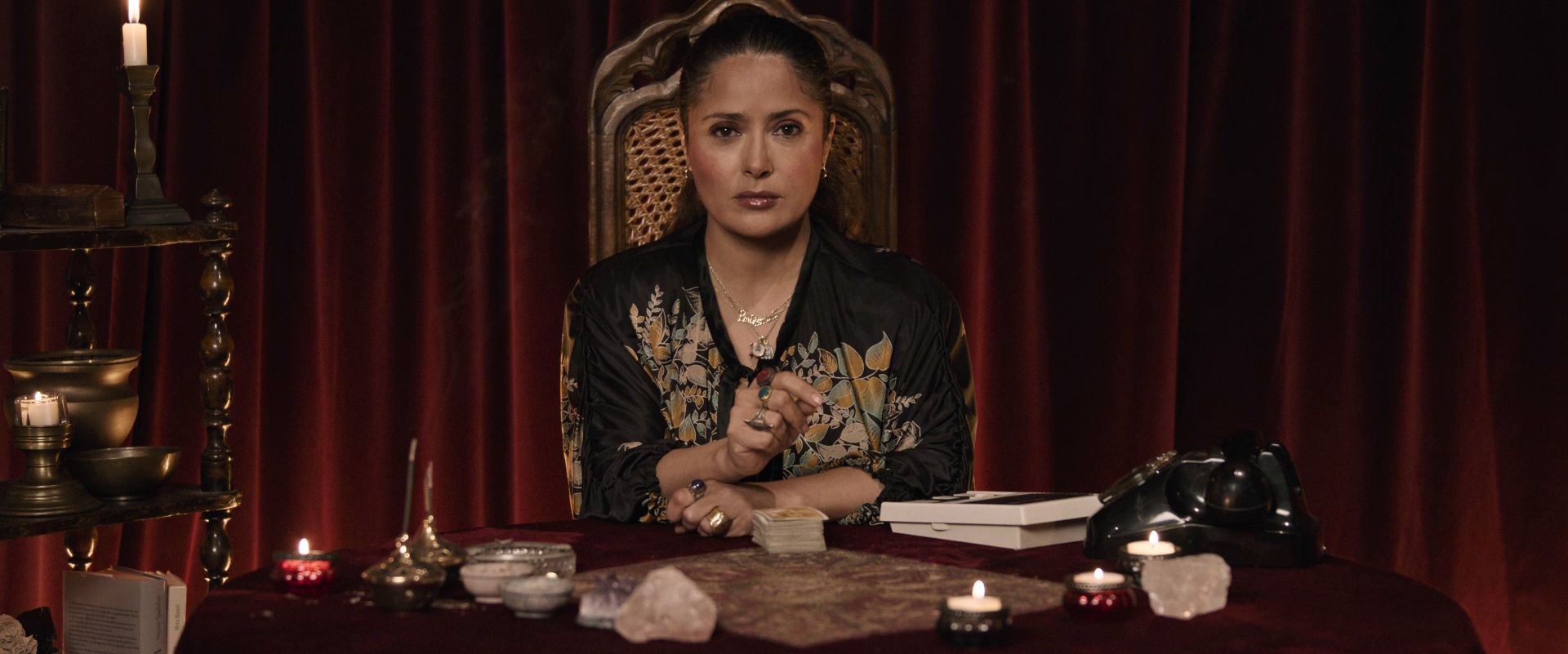
In addition, Paolo, the pathetic cousin suitably hammed up by Jared Leto, appears underdeveloped, a sort of slapstick clown whose prosthetic bald patch is almost as terrible as Jeremy Irons’ Italian accent.
Despite these issues, Lady Gaga truly steals the show. Adam Driver’s journey as Maurizio from endearingly innocent to cold-hearted and power-hungry is as brilliant as expected, but Patrizia is a marvel of barely controlled mania, taking clear ownership of the best lines and possessing a glint of insanity in her eyes that had me unsettled from the very start. I’m interested to see the forthcoming reaction to her performance in the next few weeks. A new habit of admiration for morally reprehensible women has sprung up in online discourse for many female driven films of this ilk.
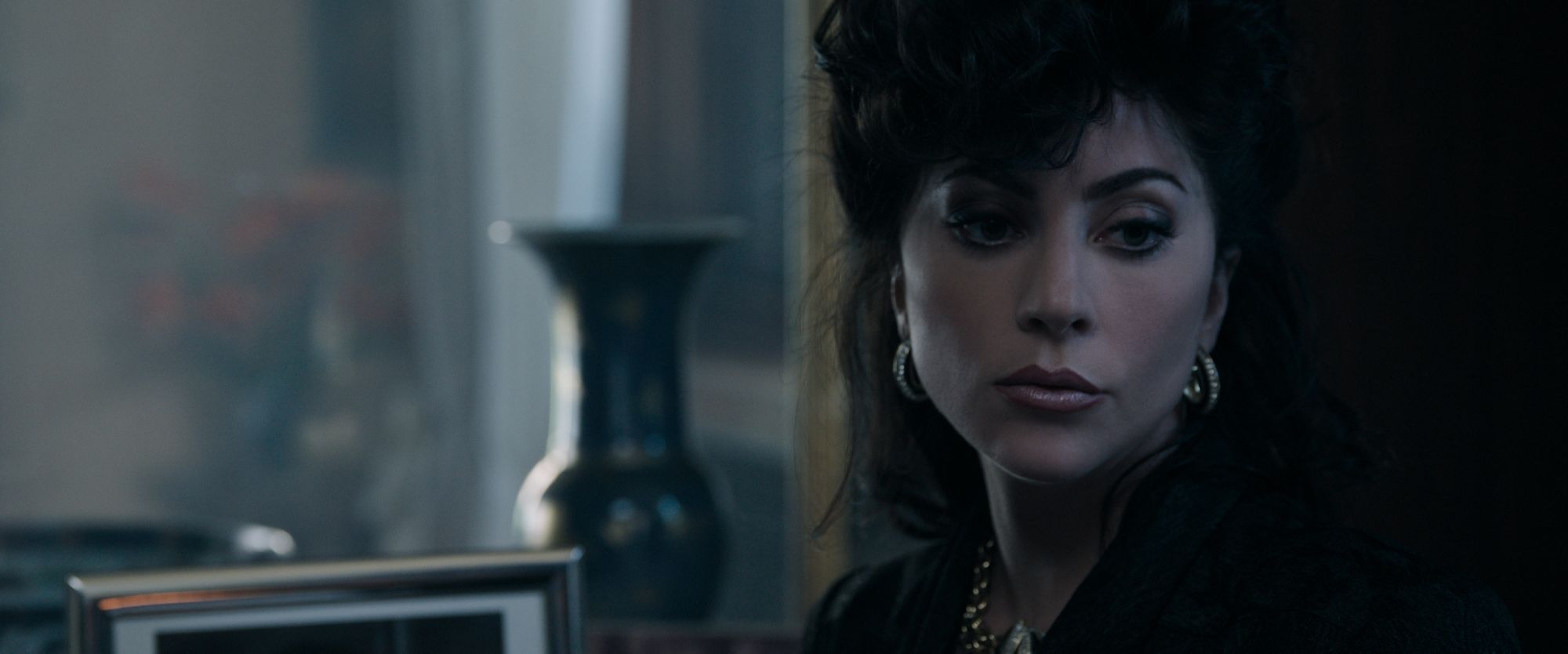
Yet, Gaga’s Patrizia has next to no redeeming qualities other than a passionate ambition which sustains, and then sputters, before metamorphosing into abject hatred visible in even the smallest mannerism. With Gaga providing a truly powerhouse performance, I urge you to see the film purely to witness her performance alone.
Featured Image: UPI Media
Did Gaga have you worshipping the House of Gucci?

